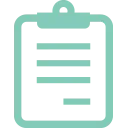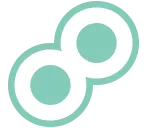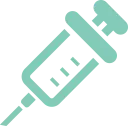 What are Stem Cells?
What are Stem Cells?
The human body is composed of about 37 trillion cells, which are classified broadly into
“somatic cells” and “stem cells”.
“Somatic cells” are the cells found in the specific part of the body, such as blood, organs,
fat, and muscles, and they get damaged by injury, disease, and aging, along with daily
replacement.
Specialized cells called “stem cells” are responsible for repairing damaged cells and have
the
ability to revive short life span cells such as skin and blood cells that are constantly
being
replaced, and to replenish lost tissues when damaged by disease or accident.
In short, unlike somatic cells which repeatedly divide into fixed cells such as skin cells
for
skin and bone cells for bone, “stem cells” are versatile cells that do not have fixed
roles.
Stem cells have…
① Ability to differentiate into various cells such as skin, red blood cells, platelets, etc. (“differentiation ability”)
② Ability to divide into cells that have exactly the same capabilities as oneself (“self-renewal ability”).
These two special abilities are the main features.
Focusing on the very valuable ability of stem cells to differentiate into various cells (“differentiation ability”) and (“self-renewal ability”), ”stem cell regenerative therapy”, in which cells collected and extracted from the patient himself/herself are cultured and then transplanted back into the patient, has no ethical issues, the possibility of rejection is extremely low, and the risk of cancer, which is a concern with IPS cells (human induced pluripotent stem cells) is low. For that reason, as a highly reliable and safe treatment method, many universities and medical institutions are rapidly expanding their clinical and treatment efforts.
 Stem Cells Decrease Drastically with Age
Stem Cells Decrease Drastically with Age
Unfortunately, the number of stem cells, which are so versatile, decreases drastically with age,
and by the time we reach our 80s, the average number of stem cells is less than 100 million.
This leads to inadequate differentiation into cells in each part of the body that has been
damaged, resulting in exacerbated inflammation, accelerated aging and ultimately death.
To rephrase, aging (death) is nothing but the depletion and dysfunction of stem cells.F

Applicable disease
Diseases for which stem cell therapy has been shown to be effective in past studies.
Vascular disease
Lower limb ischemia, heart attack, stroke, Chronic Kidney Disease, dementia, diabetes, arteriosclerosis, etc.
Nerve disease
Infantile paralysis, dementia, stroke, Parkinson’s disease
Bone・Carrtilage disease
Rheumatism, osteoarthritis
Otherr diseases
Diabetes, liver disease, Autoimmune disease (intractable collagen disease), asthma, etc.
Prevention effect
Prevention of disease, rejuvenation of entire body
Aoyama Renacell Clinic is a medical institution
that has officially obtained
“Type 2 regenerative medicine provision plan number” from the Ministry of Health, Labor and
Welfare.
Regenerative medicine using stem cells is strictly examined for suitability by the specified committee for regenerative medicine certified by the Ministry of Health, Labor and Welfare. After being approved as appropriate, a treatment plan is submitted to the Ministry of Health, Labor and Welfare, and treatment is possible only when a plan number is obtained. Aoyama Renacell Clinic has submitted a “Type 2 regenerative medicine provision plan” to the Ministry of Health, Labor and Welfare through the regular process and obtained a plan number.
“Treatment of type 2 diabetes with autologous adipose tissue-derived stem cell”
Type II Plan No. PB3200159
“Treatment with autologous adipose tissue derived stem cells for the main symptoms of atopic dermatitis patients”
Type II Plan No. PB3200070
“Treatment with autologous adipose tissue derived stem cells for chronic pain”
Type II Plan No. PB3210029
“Treatment with autologous adipose tissue derived stem cells for wrinkles, sagging, and other age-related skin changes”
Type II Plan No. PB3220054
“Treatment with autologous adipose tissue derived stem cells for osteoarthritis”
Type II Plan No. PB3220116
“Autologous cultured fibroblast transplantation”
Type II Plan No. PB3210028
Cell culture technology is the most important point of regenerative medicine.
At our clinic, we have a business alliance with a specified cell processed products manufacturing center that has the
highest level of technology in Japan and has been certified by the Minister of Health, Labor and
Welfare, and after extracting the fat containing the stem cells, it is immediately transported
under strict temperature control.
Upon arrival at the facility, adipose tissue derived stem cells are cultured by a full-time
cultivator in a sterile cell culture processing room for about 3-4 weeks, and we are working
closely with them, such as by establishing a system for receiving reports on the culture status.
Advantages of our stem cell regenerative therapy
-
Meticulous hands on culture according
to the patient’s cell growth status- In partnership with one of Japan’s leading major culture facilities, our clinic does not adopt standard cultures like others do, but rather we perform meticulous culture based on the nature and growth speed of each patient’s cell.
In addition, at our clinic, “cell viability” at the time of administration to patients, we place the utmost importance on the “stem cell viability rate” and conduct repeated demonstration experiments in collaboration with culture facilities and to strive for “cell viability of 95% or higher”. -
Long term storage of the patient’s “young stem cells” (for 10-30 treatments)
- At our clinic, we stock an average of 10-30 stem cells at the initial stage of culture (“first passage”) so that they can be used for treatment whenever needed without the need to collect fat again. (※The number of stocks varies for each individual patient)
A cell today will be “10 years younger cells” in 10 years! -
Synergistic effect with our clinic’s original stem cell culture supernatant therapy derived from deciduous tooth pulp
- Merely administering stem cells does not provide sufficient therapeutic effects. In order to activate the administered stem cells and maximize their function, we are proud to offer a combination of stem cell culture supernatant therapy derived from deciduous tooth pulp.
-
Achieving the lowest price level for per number of administered cells in Japan
- Our clinic guarantees 200 million cells per stem cell regenerative therapy, and the cost per 100 million cells is the lowest level in Japan.
-
Intravenous injection (IV drip) × Local administration
〜Providing a great deal “Value Plan”〜- At our clinic, we recommend our hosital’s original “value plan” that combines two or more different treatment plans according to the patient’s disease and needs. It allows intravenous injection (IV drip) and local administration to be performed simultaneously at no additional cost for stem cell administration of 200 million cells per time. As a result, two or more treatments that are originally different can be performed for the cost of one.
Our Original 〜
“Choice of Value Plan”
Plan
1
Direct approach to painful knee joints and hip joints
while simultaneously suppressing systemic disease!
Intravenous injection (IV drip) × local administration to osteoarthritis part
<Example>
Intravenous injection (IV drip) 150 million cells × right knee local administration 50 million cells
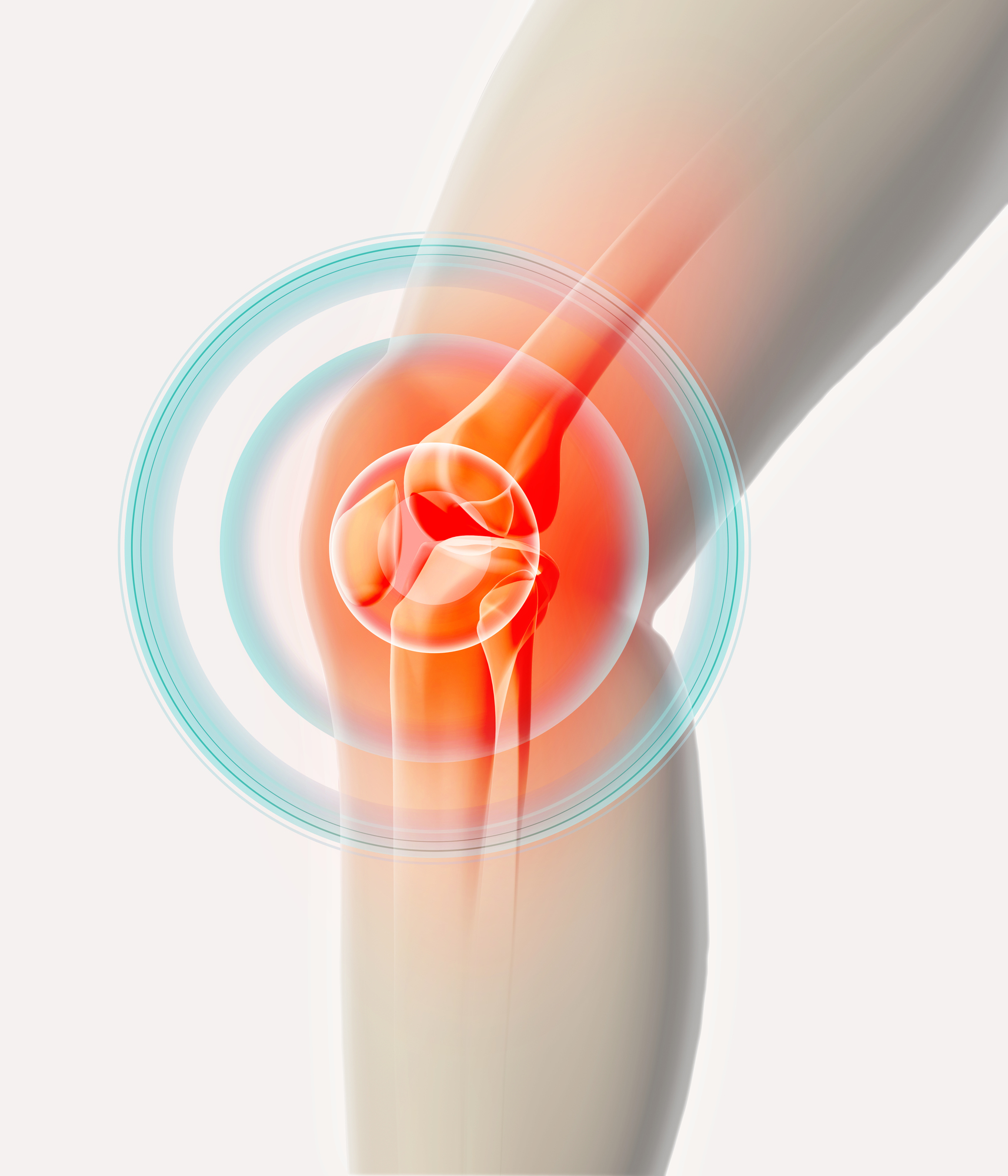
Plan
2
The ultimate anti-aging regenerative beauty treatment!
Intravenous injection (IV drip) × local administration for the face
<Example>
Intravenous injection (IV drip) 150 million cells × local administration on the face 50 million cells
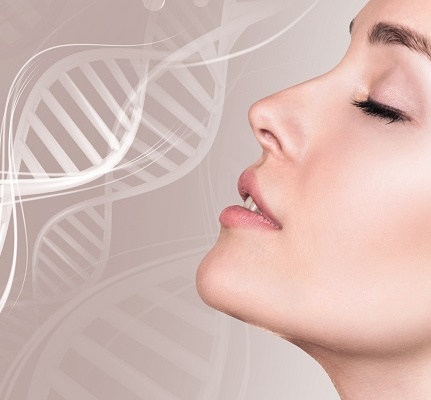
 Flow of treatment
Flow of treatment
-
-
Medical examination (consultation), preoperative blood sampling
- ・he doctor will ask about the patient’s symptoms, purpose, and wishes, and explain the features, expected effects and risks of stem cell regenerative therapy.
- ・We will formulate the optimal treatment plan (number of doses, method of administration, frequency, etc.) for the patient’s condition.
- ・Before treatment, patients will undergo blood tests, tumor markers, and allergy test.
Please bring your examination data from other clinics if you have them.
-
-
Fat extraction
- ・An incision of about 5 mm is made in the skin the abdominal area skin, and about 5mg (1-2 grains of rice) of fat.
- ・There is almost no postoperative pain, and scars are not noticeable.
Please refrain from bathing and excessive exercise on the day.
-
-
Culture
- ・After adipose tissue is extracted, it is immediately transported to the partner culture facility under strict temperature control.
- ・After the arrival at the facility, adipose derived stem cells are cultured in a sterile cell culture processing room by a dedicated cultivator for about 3-4 weeks to grow to the number of cells required for treatment.
- ・We work closely with partner facilities and receive reports on the culture status.
The time required to culture stem cells to the number needed for treatment varies from person to person.
If any abnormality is found during the culture process, the fat may be re-collected or the culture may be suspended.
-
-
Administration
- ・About two weeks after the start of culture, the culture completion time will be confirmed. At this point, we will discuss and determine the treatment (administration) date with the patient.
- ・Stem cells are administered by local injection or intravenous drip.
- ・If the next administration is scheduled, the blood required for the next culture will be collected.
Local injection may cause some postoperative swelling or internal bleeding.
Clinic Overview
| Medical Department | Regenerative medicine, internal medicine, dermatology, gastroenterology, endocrinology, nephrology, metabolic medicine, plastic surgery |
|---|---|
| Main Treatment Options | Stem cell regenerative therapy, stem cell culture supernatant therapy, dermal fibroblast regenerative therapy, various genetic tests, coronavirus antibody test, DFPP (dual filtration plasma exchange), plasma operation (transdermal induction), etc. |
| Operation Hours | 10:00~18:00 (Noon break:13:00~14:00) |
| Address | Aoyama NA Building 5F, 2-7-28 Kita-Aoyama, Minato-ku, Tokyo |
| Contact | info@rena-cell.com |
| phone | 03-5843-0425 |






 What are Stem Cells?
What are Stem Cells? Stem Cells Decrease Drastically with Age
Stem Cells Decrease Drastically with Age